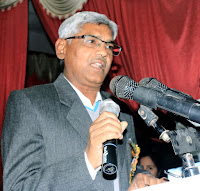A Tale of Two Cities: An Interesting Novel by Dickens

Charles Dickens is one of the most popular novelists of the 19th century. He belongs to England. He is acknowledged as the reporter of town life. He accurately portrays the town living and miserable conditions of middle class. As a social reformer Dickens employs fiction as a platform for his social appeal. Humour and pathos lie closely together in his world of writings. In short, he is a lovable novelist. A Tale of Two Cities by Dickens is a well-liked novel. It has taken to present the happenings of the two cities - Paris and London during French Revolution. The author has described the incidents and characters of both the cities without any bias. Here the characters of the composition move freely from Paris to London. Hence, the writer has appropriately named the novel as A Tale of Two Cities. The plot of this work of fiction is compact, well constructed, economical and dramatic. It is full of suspense, drama and curiosity. Here the aim of the novelist is not to describe the F






